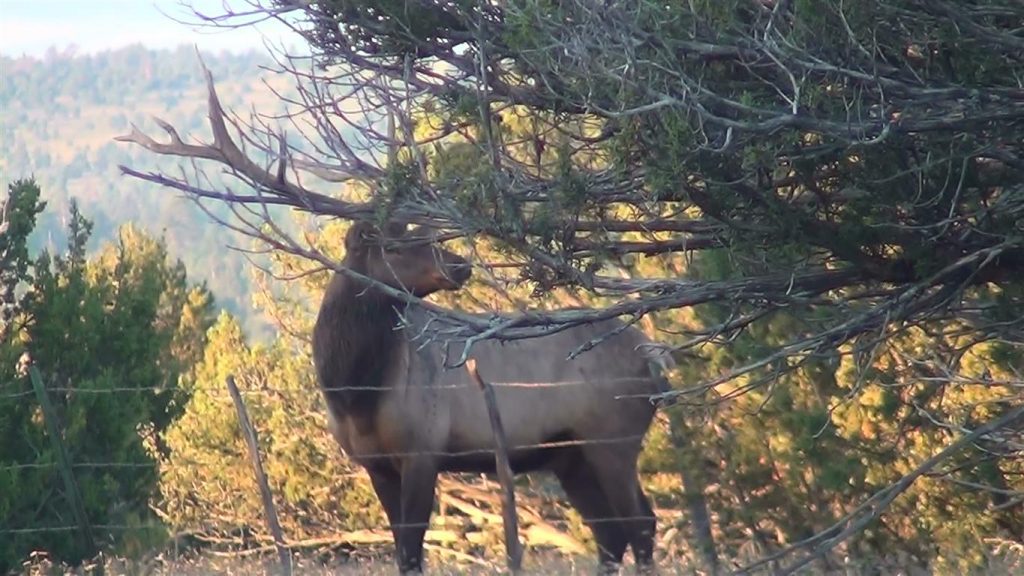
Western Big-Game Tag Draws: Separating Facts From Fiction
If I’ve read it once, I’ve read it a thousand times, in every popular hunting magazine out there, as well as on popular hunting websites. It always starts off something like this: “I couldn’t believe it! I finally drew that tag of a lifetime!” Right next to it is a grip-and-grin photo of the author posing with a magnificent bull elk or muley buck or bighorn ram he killed.
Having been in the business all my adult life, I know that big antlers sell magazines. Having been a very serious big-game hunter and sometimes hunting guide in places like Alaska, I also know how misleading these stories can be. Unless you understand the game, you might read such articles and think, “Well heckfire, all I have to do is to apply in several states for a few years, and then, boom! I’ll draw my tag and waltz right down the aisle and shoot a giant whatever, easy as pie.”
I promise, that is not how it works.
Reality Check
Back in 2008, I had 10 preference points in Utah for elk and finally drew a highly-coveted archery tag that cost me more than $800. I also had the help of a local outfitter chosen through the tag application service through which I drew my tag. My expectations were high.
And yet, after 12 days of dawn-to-dark hunting, I left totally disgusted. I never saw or heard a big bull. There were hunters everywhere. Not all had trophy bull tags; some had cow elk tags, some had mule deer tags. All the trophy bull hunters I met—and there were plenty of them—had at least two buddies in tow, and they all tromped through the woods stinking it up, blowing calls like a high school marching band, and generally terrifying any critters. Dream hunt? It was more like a nightmare.
Lesson learned. I started consulting with friends who have been guiding western big-game tag draw winners for decades. Their advice should be taken to the bank by all of you, because such tales of woe like mine are far more common than those of success on giant critters. Here, in a nutshell, is the truth.
First off, because it has become increasingly difficult to draw a top-quality, high-demand hunting permit on public land, it is imperative to implement a plan and conduct your due diligence if you hope to be successful. Remember that the tag is just the beginning, not the end. Once you draw, you now have to work all the research, do your own pre-scouting or hire a qualified, experienced guide/outfitter to do the work for you. Failure to do either or both will lead to certain failure and disappointment.
Second, you cannot hire just any outfitter. Draw a once-in-a-lifetime sheep tag, for example, and you can be sure you will be inundated with solicitations from outfitters who want you to hire them. Research them first! You must make sure they both know and have successfully hunted the specific hunting unit for which you drew your tag and what class of trophies they’ve previously had their clients taken in that unit and, thus, what you should expect regarding an opportunity to fill your hard-won tag given your goals, firearms proficiency and physical condition.
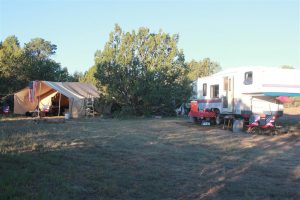
For nonresidents hiring an outfitter who knows the unit in which you drew, and who can provide a quality camp, food and service, is something to seriously consider.
It is also critical that the outfitter and his guide(s) are available to pre-scout everything and do everything for you. The importance of this cannot be overemphasized, because this is what you are paying for. You are not paying to scout for four days and hope to shoot something on your fifth and last day afield. If the outfitter will not personally be your guide, ask if you can meet and/or speak with the person who will actually be guiding you, so you can get a feel for him or her and make sure they know what you want and desire out of your hunt. (Yes, a reputable outfitter will gladly supply you with his qualified guide’s name and phone numbers, if you are truly interested in a hunt with that outfitter.)
It’s Stiff Competition—Set Expectations Accordingly
Be aware that today, all the western states provide top-quality, high-demand, limited-entry permits, with more competition as well as hunts and hunt permits, for the general public to participate in. It is therefore even more difficult to not only draw such a quality permit, but to actually take the trophy-class animal of your dreams on that hunt. It is highly competitive out there.
Let me give you an example. I have lived in Arizona for more than a decade and have become very familiar with how it works in this Mecca for big bull and buck hunters. In the past decade, the state has increased the overall number of elk permits it issues annually, so that more sportsmen can participate and actually hunt elk. That means that in many areas, Arizona elk are actually being continually hunted from mid-September through the first week of December. In other words, you may have drawn a great elk tag in a great elk unit, but you may be the fourth and or even fifth elk hunt in that particular unit, which makes it very difficult to take a true trophy-quality bull elk after all of the previous and continuous hunting pressure.
Never forget that public land hunting in the mountains of the West requires you be dedicated to being in the best physical condition possible, being mentally tough, and sticking your goal of taking the best trophy possible, win, lose or draw. You must be proficient with your firearms or bow and take off the time necessary to get the most out of your hunt. The really serious tag draw recipients often plan to hunt the entire season if need be.
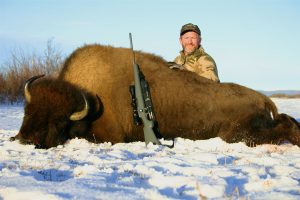
After 14 years of applying, the author drew a near-impossible permit to hunt free-range bison in Alaska. Lots of research and pre-scouting paid off.
Limited-entry, high-demand public land hunting tags are the way of the future in the West. Serious nonresident hunters stay abreast of the changing nature of these tags and are learning to make the system work for, not against, them. Even the experienced local hunter must put his time in order to even expect to have a reasonable opportunity to see or take a trophy-class animal. For the nonresident tag holder, it will be doubly difficult. The one thing you can be assured of is that the days of waltzing unprepared into National Forest or BLM lands out West and shooting a whopper buck or bull are over. If that does happen to you, immediately rush out and buy a lottery ticket. You are destined to be easy rich!
*-*-*-*-*-
Bob Robb is one of the most well-respected voices in outdoor media, with more than 40 years of columns and essays in print recounting his exploits in the field. A renowned archery expert, Robb has hunted on five continents and also lived 15 years in Alaska, where he held an assistant hunting guide’s license. His work has appeared in titles small and large, from American Hunter and American Rifleman to Whitetail Journal, Field & Stream, Petersen’s Hunting, Deer & Deer Hunting, and many others. He recently retired as Editorial Director from Grand View Media Group, where he oversaw the content for eight publications, including Bowhunting World, Predator Xtreme and Waterfowl & Retriever. Still, retirement is rather an ugly word to Robb, and so he continues to contribute to a variety of publications, just as he continues to hunt around the world.
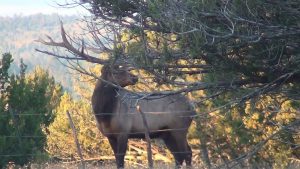
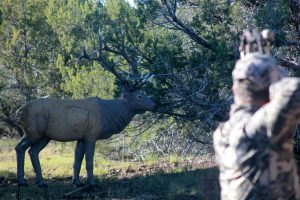
 Dylan Hazen[/caption]
Hunters registered 50,435 wild turkeys in Wisconsin's 2024 spring season, a 22% increase over the five-year average and the fourth highest in state history, reflecting the state's strong turkey population and favorable conditions. Mild winters and warm, dry springs contributed to excellent adult survival and nesting success, leading to more turkeys on the landscape. The 2024 season marks the fourth time Wisconsin hunters have harvested over 50,000 turkeys, with similar successes noted in neighboring states. The Wisconsin DNR's turkey management strategies, validated by these results, continue to support sustainable hunting practices and population growth.
Dylan Hazen[/caption]
Hunters registered 50,435 wild turkeys in Wisconsin's 2024 spring season, a 22% increase over the five-year average and the fourth highest in state history, reflecting the state's strong turkey population and favorable conditions. Mild winters and warm, dry springs contributed to excellent adult survival and nesting success, leading to more turkeys on the landscape. The 2024 season marks the fourth time Wisconsin hunters have harvested over 50,000 turkeys, with similar successes noted in neighboring states. The Wisconsin DNR's turkey management strategies, validated by these results, continue to support sustainable hunting practices and population growth.  Bill Marchel[/caption]
Minnesota wild turkey hunters achieved a record harvest this spring, bagging over 16,600 birds, a 19% increase from the previous record. Contributing factors included an abundance of gobblers and favorable weather conditions, leading to greater opportunities for hunters. Youth participation also rose significantly, with notable increases in license sales, particularly among younger hunters. This success is attributed to ideal nesting conditions and mild winter, which helped more turkeys survive and thrive.
Bill Marchel[/caption]
Minnesota wild turkey hunters achieved a record harvest this spring, bagging over 16,600 birds, a 19% increase from the previous record. Contributing factors included an abundance of gobblers and favorable weather conditions, leading to greater opportunities for hunters. Youth participation also rose significantly, with notable increases in license sales, particularly among younger hunters. This success is attributed to ideal nesting conditions and mild winter, which helped more turkeys survive and thrive.  Photo courtesy HOC[/caption]
The article highlights the challenges and mission of Hunters of Color (HOC), an organization aiming to create equal opportunities in hunting for underrepresented groups. Founded by Jimmy Flatt, HOC focuses on providing mentorship and fostering a diverse outdoors community. Participants like Johnson and Hentati, who lacked hunting mentors growing up, find support and guidance through HOC, which also emphasizes conservation. Despite facing barriers, including a predominantly white hunting culture and racial incidents, HOC persists in promoting inclusivity and expanding hunting opportunities for people of color.
Photo courtesy HOC[/caption]
The article highlights the challenges and mission of Hunters of Color (HOC), an organization aiming to create equal opportunities in hunting for underrepresented groups. Founded by Jimmy Flatt, HOC focuses on providing mentorship and fostering a diverse outdoors community. Participants like Johnson and Hentati, who lacked hunting mentors growing up, find support and guidance through HOC, which also emphasizes conservation. Despite facing barriers, including a predominantly white hunting culture and racial incidents, HOC persists in promoting inclusivity and expanding hunting opportunities for people of color.  This article
This article  Roscoe Spaulding[/caption]
Discover how Roscoe Spaulding revitalized Wayne County's turkey population and became a legendary mentor in the hunting community. Learn about his unique methods of raising and releasing turkey chicks and his lifelong dedication to teaching others the art of turkey hunting. Dive into the story of the inaugural Roscoe Spaulding Memorial Turkey Hunt, an event honoring his legacy and funding a headstone and future scholarship, showcasing the lasting impact of this remarkable conservationist and community figure.
Roscoe Spaulding[/caption]
Discover how Roscoe Spaulding revitalized Wayne County's turkey population and became a legendary mentor in the hunting community. Learn about his unique methods of raising and releasing turkey chicks and his lifelong dedication to teaching others the art of turkey hunting. Dive into the story of the inaugural Roscoe Spaulding Memorial Turkey Hunt, an event honoring his legacy and funding a headstone and future scholarship, showcasing the lasting impact of this remarkable conservationist and community figure. 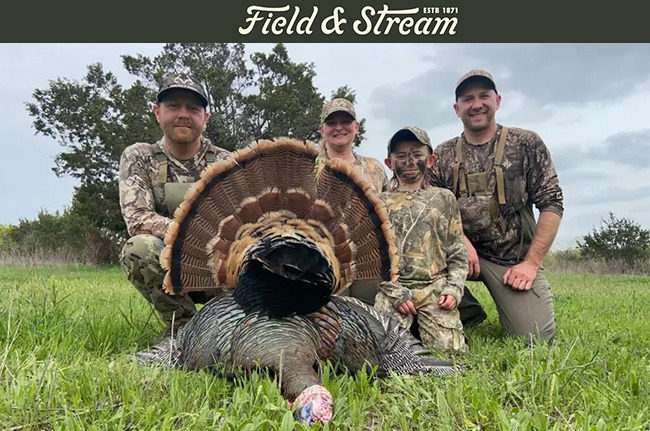 The author reflects on an exceptional turkey hunting season, spanning 30 days across various states from late March to early May. He notes an encouraging rebound in turkey populations in many areas, with harvest statistics showing increases, despite mixed impacts from regulatory changes. The author emphasizes the role of predation and habitat quality in turkey declines, advocating for better private land management. He also highlights the importance of perseverance when hunting, sharing anecdotes of successful hunts after initial setbacks, and concludes with observations on the effectiveness of different calling techniques and the variability of late-season gobbling patterns.
The author reflects on an exceptional turkey hunting season, spanning 30 days across various states from late March to early May. He notes an encouraging rebound in turkey populations in many areas, with harvest statistics showing increases, despite mixed impacts from regulatory changes. The author emphasizes the role of predation and habitat quality in turkey declines, advocating for better private land management. He also highlights the importance of perseverance when hunting, sharing anecdotes of successful hunts after initial setbacks, and concludes with observations on the effectiveness of different calling techniques and the variability of late-season gobbling patterns.  Jeff Neill has several years’ experience hunting turkeys in his native Wisconsin, but traveling the country and encountering the different strategies that go along with differing terrain has heated his passion for the springtime pursuit to a fever pitch. The experience has kindled a fire in the adventurer’s soul for Neill. With Easterns and now an Osceola to his credit, he’s halfway to the Wild Turkey Grand Slam.
Jeff Neill has several years’ experience hunting turkeys in his native Wisconsin, but traveling the country and encountering the different strategies that go along with differing terrain has heated his passion for the springtime pursuit to a fever pitch. The experience has kindled a fire in the adventurer’s soul for Neill. With Easterns and now an Osceola to his credit, he’s halfway to the Wild Turkey Grand Slam.  Eight-year-old Vaughn Siver bagged a rare bearded hen with smoke-phase coloration during his first turkey hunt in early May in western South Dakota, accompanied by his dad, Cody. After setting up camp and scouting, they set up ground blinds and, despite initial challenges, Vaughn successfully shot the unique bird. Cody also managed to fill his tag by shooting a tom later. The experience, marked by the discovery of the rare leucistic turkey, made the hunt unforgettable for Vaughn, who enjoyed both the hunt and the camping adventure.
Eight-year-old Vaughn Siver bagged a rare bearded hen with smoke-phase coloration during his first turkey hunt in early May in western South Dakota, accompanied by his dad, Cody. After setting up camp and scouting, they set up ground blinds and, despite initial challenges, Vaughn successfully shot the unique bird. Cody also managed to fill his tag by shooting a tom later. The experience, marked by the discovery of the rare leucistic turkey, made the hunt unforgettable for Vaughn, who enjoyed both the hunt and the camping adventure. 
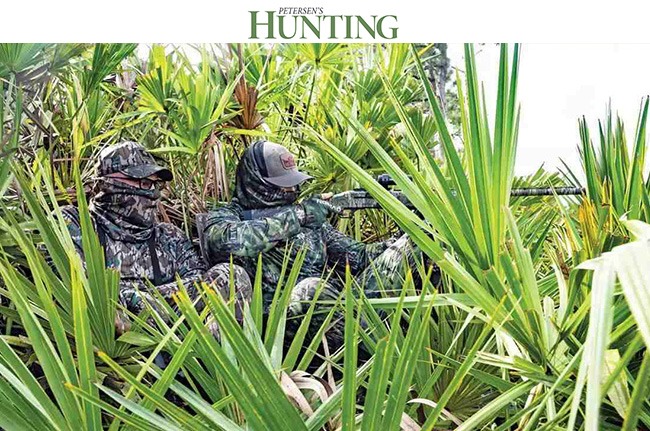
 The article reflects on the joy and memories created during the 2024 wild turkey hunting season, which has been successful for both young and seasoned hunters in Franklin County. The author emphasizes that the greatest moments in turkey hunting are not just about the harvest but about sharing the experience with family and friends and passing on the tradition to the next generation. A highlight of the season is the story of Joe Warger and his son Casey, who reunited for a memorable hunt after nine years, exemplifying the deep bonds and cherished memories formed through turkey hunting. The article underscores the profound connection and joy that hunters feel when they engage with nature and share these experiences with loved ones.
The article reflects on the joy and memories created during the 2024 wild turkey hunting season, which has been successful for both young and seasoned hunters in Franklin County. The author emphasizes that the greatest moments in turkey hunting are not just about the harvest but about sharing the experience with family and friends and passing on the tradition to the next generation. A highlight of the season is the story of Joe Warger and his son Casey, who reunited for a memorable hunt after nine years, exemplifying the deep bonds and cherished memories formed through turkey hunting. The article underscores the profound connection and joy that hunters feel when they engage with nature and share these experiences with loved ones. 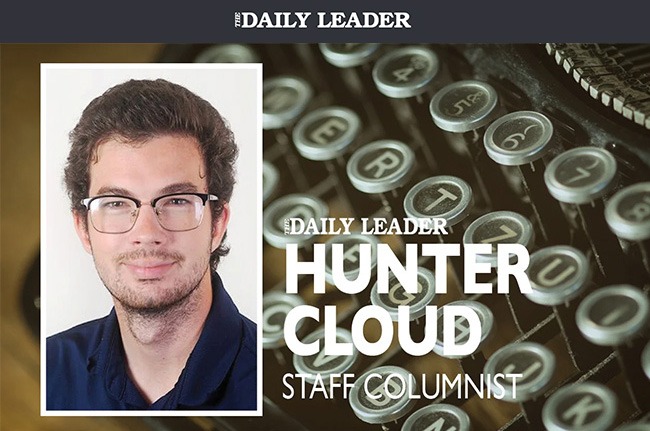 The 2024 Spring Turkey season was memorable for the author, although no turkeys were harvested. Despite the lack of a successful hunt, the author cherished various experiences such as hearing turkey drumming, encountering wildlife, and enjoying the beauty of the outdoors. Memorable moments included observing turkeys, dealing with unpredictable weather, and encountering snakes and turtles. The author emphasizes the joy of being in nature and looks forward to future outdoor activities and habitat work.
The 2024 Spring Turkey season was memorable for the author, although no turkeys were harvested. Despite the lack of a successful hunt, the author cherished various experiences such as hearing turkey drumming, encountering wildlife, and enjoying the beauty of the outdoors. Memorable moments included observing turkeys, dealing with unpredictable weather, and encountering snakes and turtles. The author emphasizes the joy of being in nature and looks forward to future outdoor activities and habitat work.  John Hafner Photography[/caption]
Dr. Mike Chamberlain, known as the "Turkey Doctor," provided an update on the state of wild turkeys, noting mixed observations from the 2024 season. While some areas, like Arkansas, show signs of population recovery, other regions, particularly in the Southeast and Midwest, continue to experience declines. He emphasized the importance of ongoing research, which is currently more extensive and collaborative than ever, aimed at understanding and addressing factors affecting turkey populations. Chamberlain remains cautiously optimistic, highlighting that comprehensive and standardized research will eventually yield the answers needed to stabilize and improve wild turkey numbers.
John Hafner Photography[/caption]
Dr. Mike Chamberlain, known as the "Turkey Doctor," provided an update on the state of wild turkeys, noting mixed observations from the 2024 season. While some areas, like Arkansas, show signs of population recovery, other regions, particularly in the Southeast and Midwest, continue to experience declines. He emphasized the importance of ongoing research, which is currently more extensive and collaborative than ever, aimed at understanding and addressing factors affecting turkey populations. Chamberlain remains cautiously optimistic, highlighting that comprehensive and standardized research will eventually yield the answers needed to stabilize and improve wild turkey numbers. 
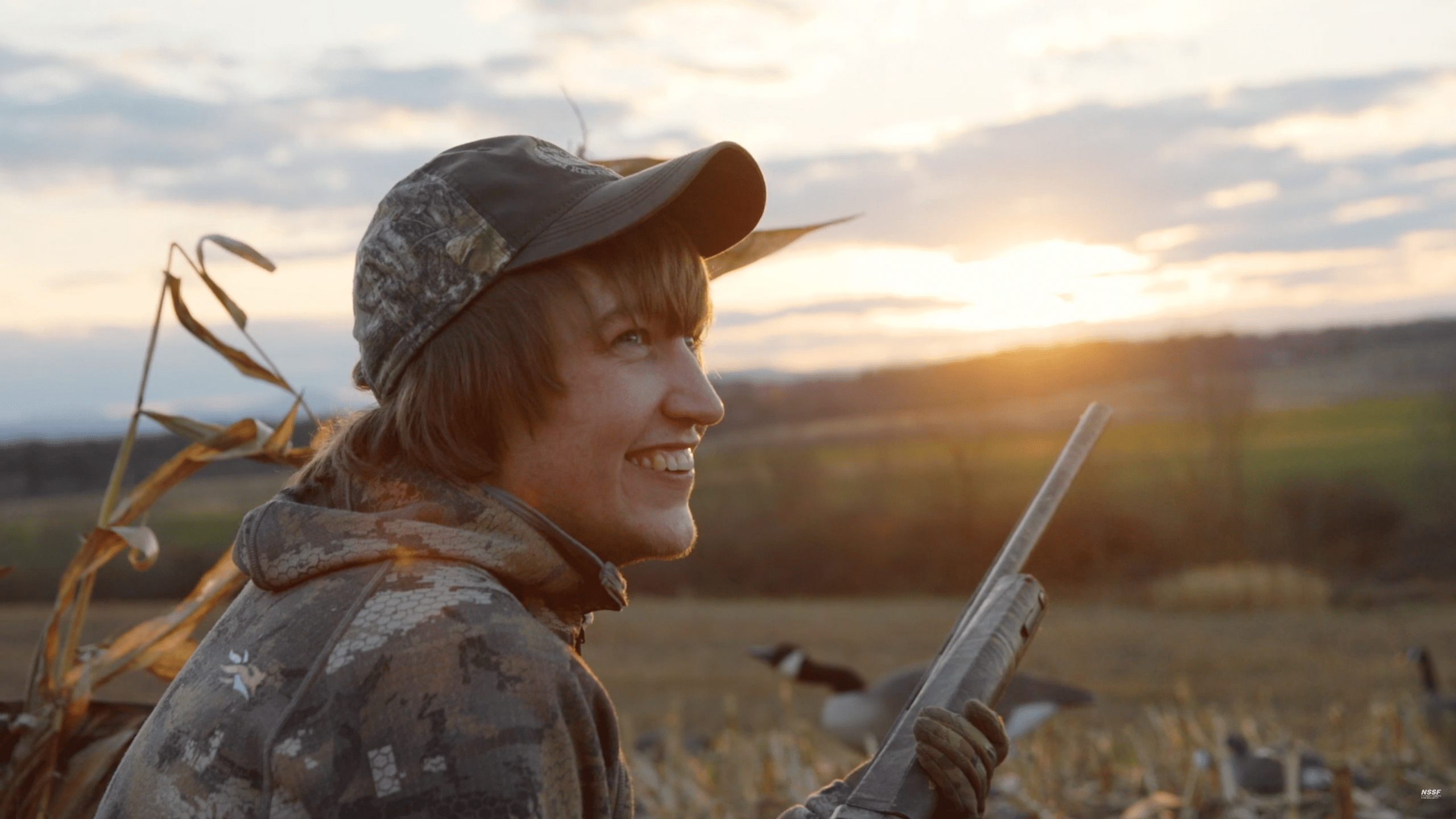
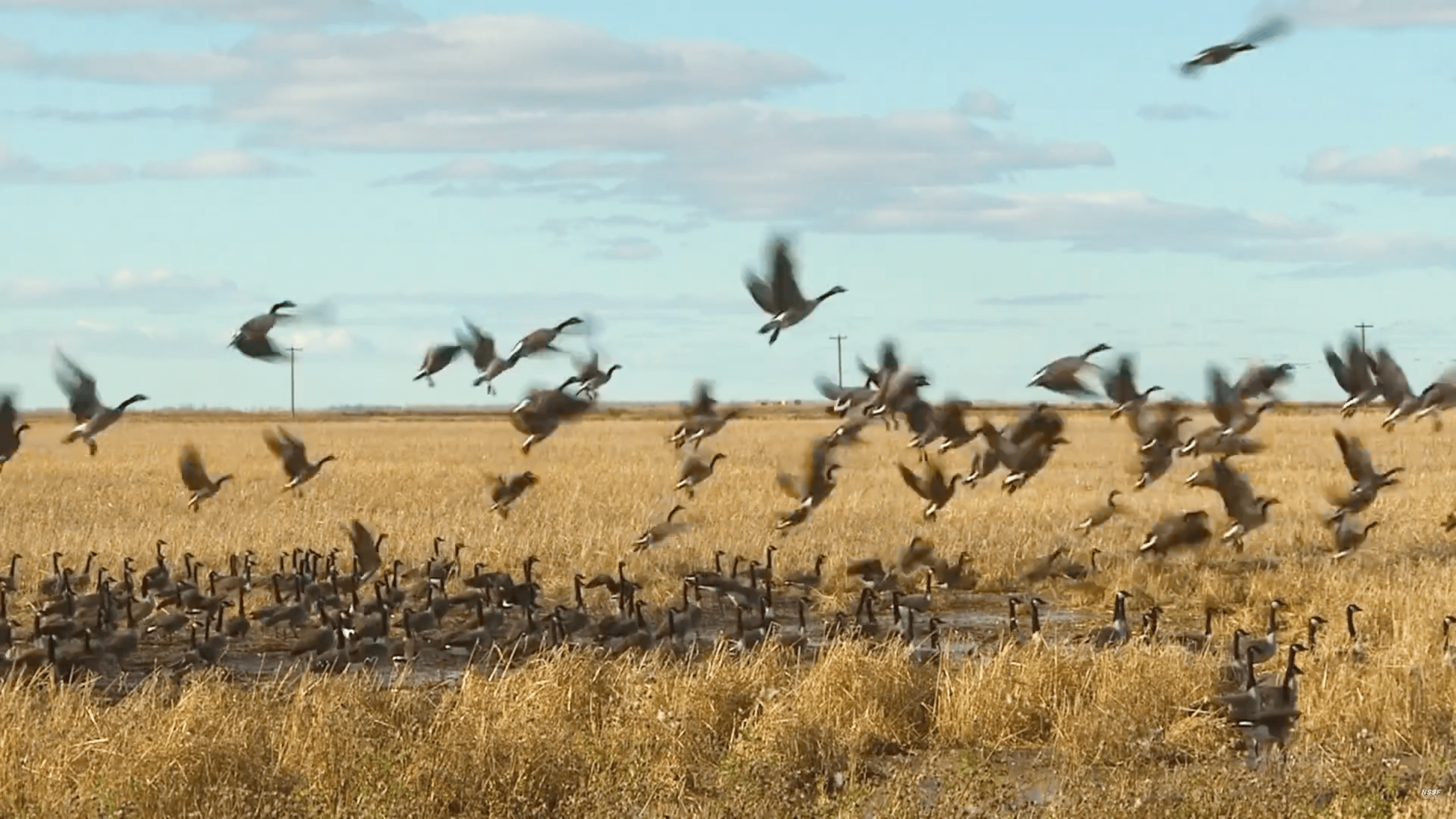 The partnership between firearm manufacturers and wildlife conservation agencies is a model for the world. It shows how industry participation can positively impact the environment and highlights the need for ongoing support for conservation efforts.
In short, the relationship between firearm manufacturers and wildlife conservation is vital. By understanding how excise taxes and industry contributions fund conservation, hunters and shooters can see the positive impact their purchases have on preserving nature for future generations.
Partner with a Payer
The Partner with a Payer initiative was developed to help generations of employees in the firearm, archery and angling industries, state agencies and the U.S. Fish and Wildlife Service to better understand their, and each other’s, roles in conservation.
The partnership between firearm manufacturers and wildlife conservation agencies is a model for the world. It shows how industry participation can positively impact the environment and highlights the need for ongoing support for conservation efforts.
In short, the relationship between firearm manufacturers and wildlife conservation is vital. By understanding how excise taxes and industry contributions fund conservation, hunters and shooters can see the positive impact their purchases have on preserving nature for future generations.
Partner with a Payer
The Partner with a Payer initiative was developed to help generations of employees in the firearm, archery and angling industries, state agencies and the U.S. Fish and Wildlife Service to better understand their, and each other’s, roles in conservation.